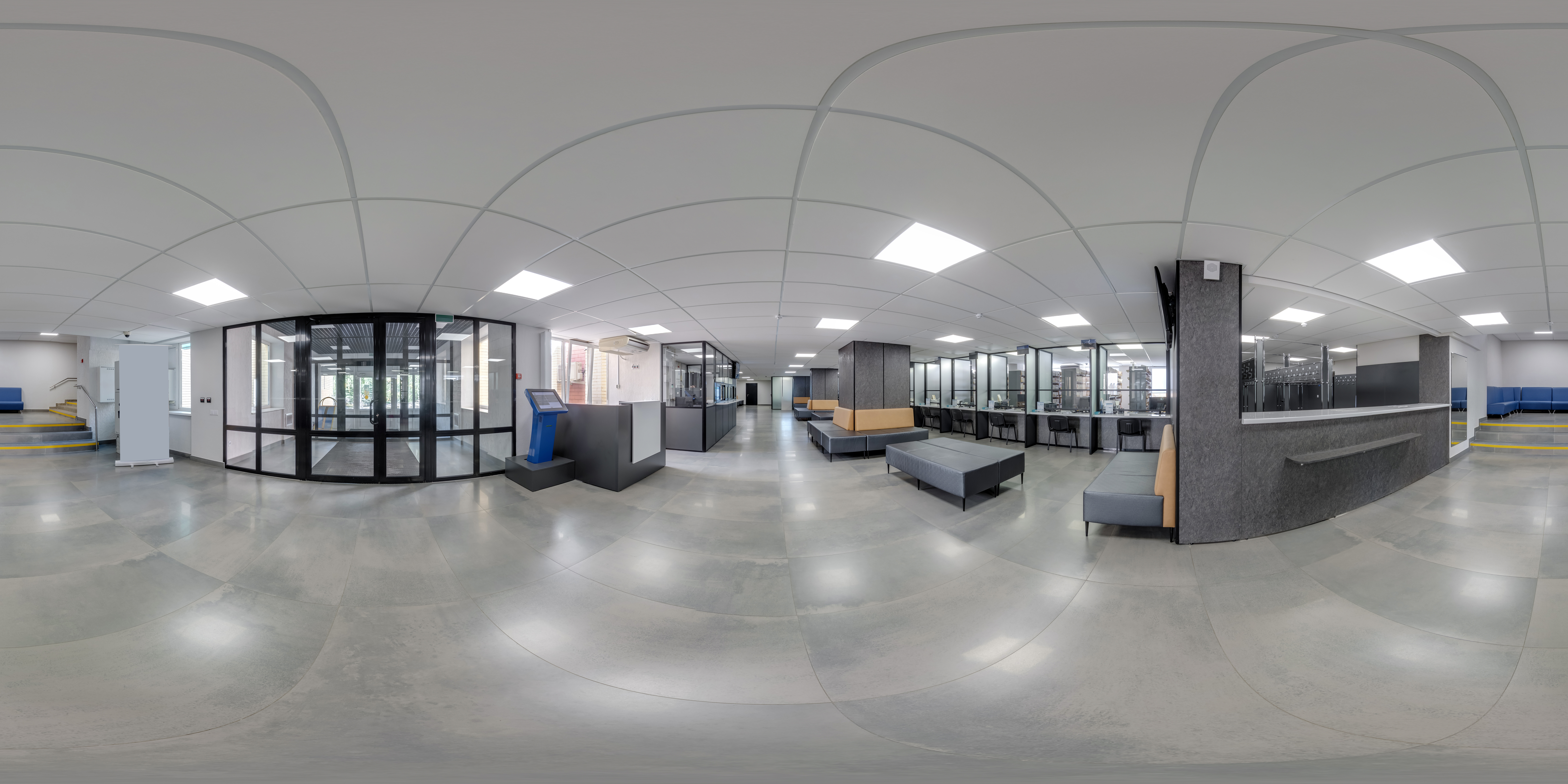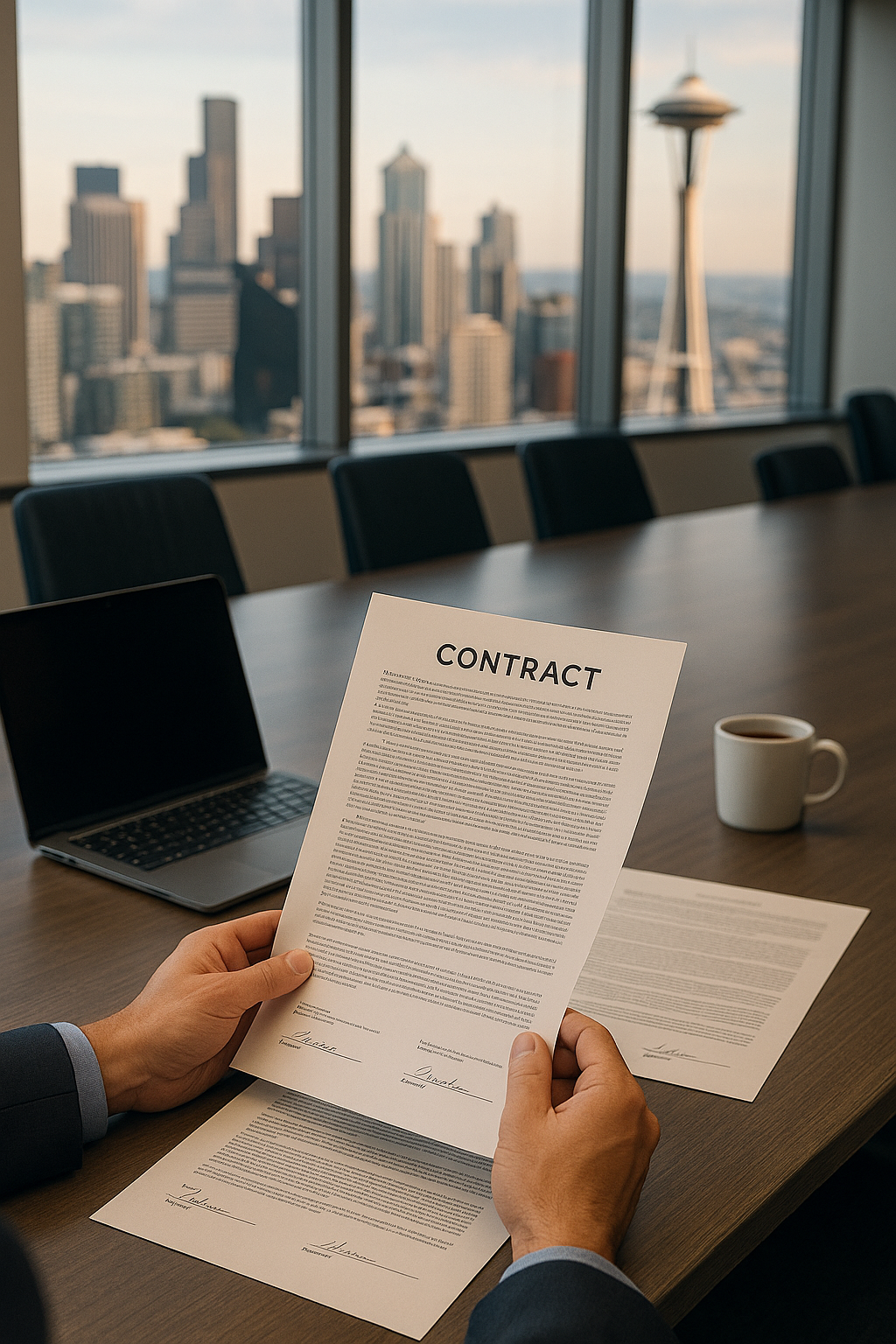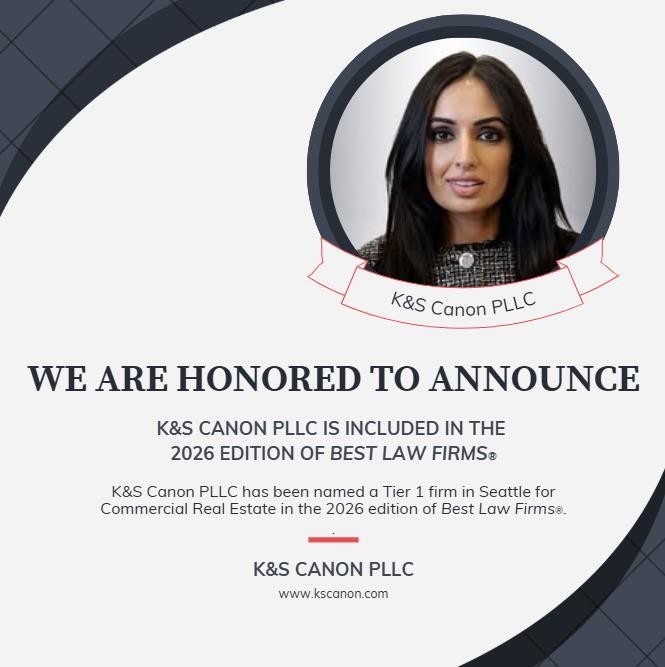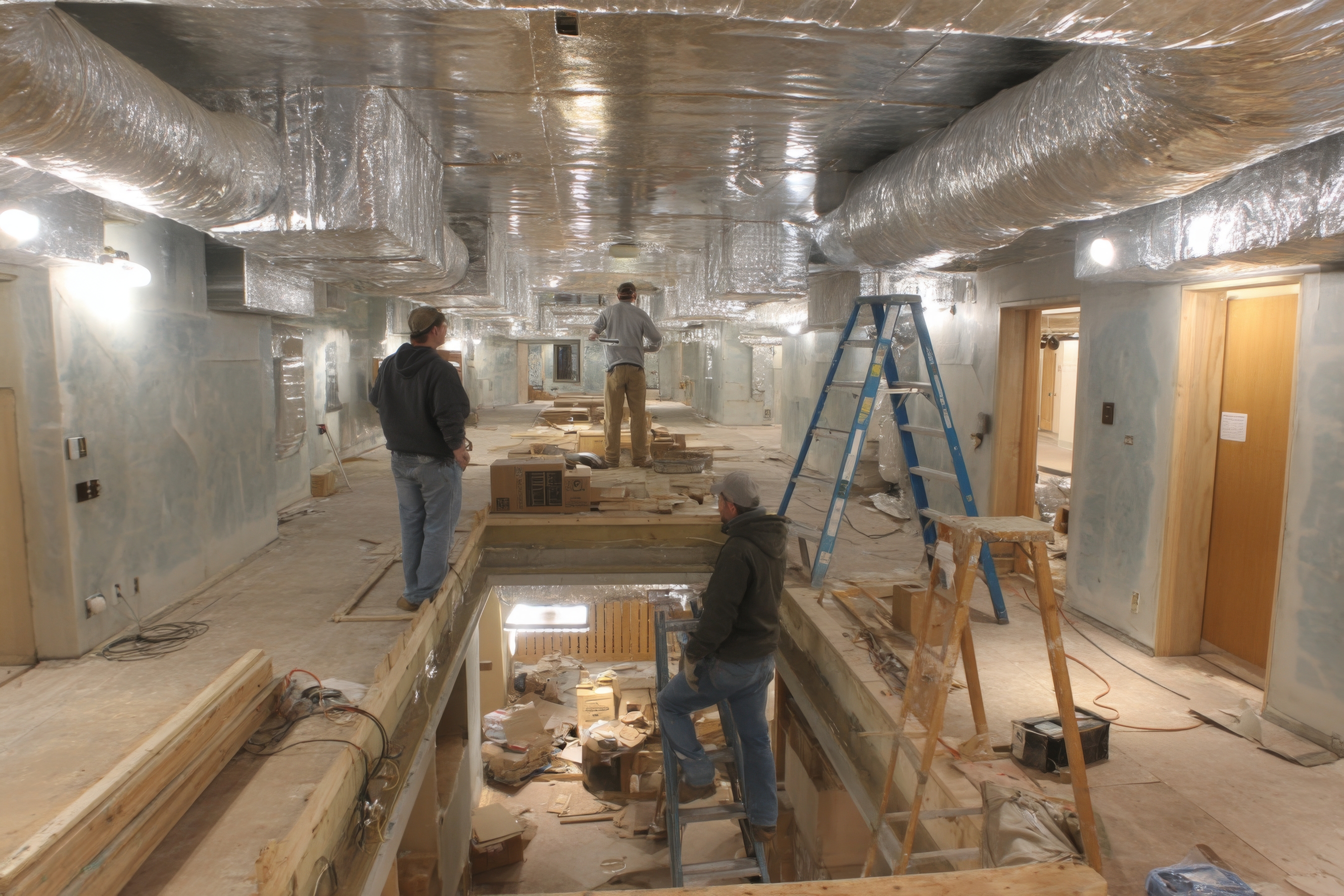What Does CAM Mean in a Lease?

When you sign a net commercial lease, you're often responsible for more than just the base rent; you typically also need to contemplate Common Area Maintenance (CAM) charges. These are the fees you pay to help cover the costs of shared areas of the building you are leasing in. It includes maintenance and repair, administrative fees, landscaping, e lobbies, parking lot maintenance, management salaries, and elevators. It's not just about the cleanliness and functionality of these areas; how these charges are calculated and what they include can greatly influence your business's operational costs. As you investigate the details of CAM charges, you'll find that grasping the fine print could reveal opportunities to negotiate terms that better suit your financial strategy. What should you look out for?
What Are Common Area Maintenance (CAM) Charges?
Common Area Maintenance (CAM) charges are paid by the tenant to the landlord so the landlord can recoup costs incurred for the upkeep and operation of shared spaces in a commercial property.
You’re responsible for these costs per your lease agreement, which dictates how CAM expenses are split.
It’s important that you understand these basics and budget accordingly.
Components Included in CAM Charges
Grasping the components included in CAM charges is important for effectively managing your financial responsibilities as a tenant.
These include maintenance and repair costs, utilities in shared spaces, landscaping, security services, janitorial services for shared lobbies and bathrooms, and property management fees.
Comprehending these elements guarantees expense transparency, aligns with tenant expectations, aids in budgeting strategies, and is critical during lease negotiations, optimizing your maintenance responsibilities.
How CAM Charges Are Calculated in a Lease
Comprehension of how CAM (Common Area Maintenance) charges are calculated in your lease is Important for budgeting and managing your business expenses effectively. What is included in the CAM fees can vary from building to building and from landlord to landlord. The items included in the CAM expenses will also often vary depending on the type of lease. For example, industrial and retail tenants will have a different list of items compared to an office. An office may include lighting, water for drinking and restrooms, landscaping, parking lot maintenance, administrative fees, sidewalks, driveways, electric, janitorial services, window washing, management salaries and fees, and stairwell maintenance. An industrial lease may include common area lighting, water for irrigation, landscaping, parking lot maintenance, administrative fees, sidewalks, driveways, stormwater, utility facilities, loading docks, and delivery areas.
CAM charge calculation generally involves determining your pro-rata share based on the space you lease. At the beginning of the year, the property manager will usually estimate the expected annual CAM expense based on the building’s annual budget. Each tenant is then billed monthly for their part of the expense. The estimation is usually reconciled at the end of the year and the tenant is then billed for their portion for anything that was short and credited for any excess paid.
Lease agreement specifics dictate whether these are fixed or variable, greatly impacting your budgeting for CAM and awareness of tenant responsibilities within lease terms.
Understanding Pro-Rata Share in CAM Costs
Most tenants find that grasping their pro-rata share of CAM costs is important for managing their budget effectively.
Your share is determined by the occupancy percentage of the property you lease.
During lease negotiations, ascertain the pro rata calculation is clear, reflecting tenant responsibilities accurately for full expense transparency.
Comprehension of this helps anticipate your financial obligations accurately, avoiding surprises in operational costs.
Negotiating CAM Charges in Your Lease
Since CAM charges are reimbursement of actual costs incurred by the landlord, the amounts are usually are not negotiated, but certain aspects are negotiable. Before entering into lease negotiations, it's recommended to fully understand the components of CAM (Common Area Maintenance) charges.
Here are key strategies:
- CAM charges usually include indirect costs that are not easily identified so it is important to ask the landlord to narrowly define exact expenses included in your lease. Keep in mind that things like security costs, utilities, and snow removal are usually considered uncontrollable.
- Cap annual CAM increases to manage budget effectively. You may be able to limit the percentage the CAM expenses can increase each year. The landlord will likely try to negotiate a floor for annual CAM expense increases.
- Exclude non-essential or inappropriate expenses for things like payments towards the landlord’s mortgages or other financing encumbrances, leasing commissions payable by the landlord, and marketing or advertising costs.
- Request a right to review and audit the CAM expenses, including invoices and payments.
- Secure detailed expense reports to enforce transparency. You should request a list of specific costs so you do not get hit with surprises after signing the lease.
- Negotiate for lease flexibility in CAM terms to protect tenant rights and enable strategic negotiation.
The Impact of CAM Charges on Total Lease Costs
Comprehending the impact of CAM charges on the total lease cost is important when evaluating commercial leasing options.
These charges aren't just add-ons; they're integral to your financial planning. Accurately budgeting for CAM can prevent unexpected hidden costs.
During lease negotiations, make sure you understand these figures to safeguard your tenant rights and optimize your budgeting strategies across different leasing scenarios.
How to Review and Audit CAM Charges
Having established the significant role of CAM charges in the overall cost of a lease, it's imperative for tenants to know how to meticulously review and audit these expenses.
Here's how to proceed:
- Understand your lease so you know how CAM charges are calculated and allocated. Pay attention to what is included or excluded and if there are any audit rights.
- Request detailed reconciliation statements for a yearly breakdown of costs to ensure all expenses are justifiable and accurate. This document should show you the total CAM costs, allocation method, and your share.
- Compare reconciliation statement charges against your lease agreement and your CAM invoices to look for any discrepancies or errors Look out for incorrect square footage or occupancy rate to allocate the CAM costs and check if you were charged for any costs not allowed by the lease.
- Understand tenant rights and compare your CAM charges with market benchmarks and industry standards.
- Engage in auditing processes to address any CAM charge disputes and negotiate with your landlord and hire a professional auditor if you are unable to resolve your CAM disputes with the landlord.
CAM Clauses in Commercial Leases
In commercial leases, tenants frequently encounter a CAM (Common Area Maintenance) clause that will outline the tenant’s financial responsibility for costs associated for upkeep and maintenance of common areas and will influence their financial responsibilities.
A CAM clause will often include the following:
- Definition of CAM charges that will detail what expenses are included, like utilities, landscaping, janitorial services, security, parking, and snow removal for common areas.
- Excluded charges provision that specifies expenses that aren’t included such as repairs resulting from landlord’s negligence and costs associated with the enforcement of leases.
- CAM charge caps and floor provision setting limits on the annual increase or minimum amounts of CAM charges.
A CAM clause will typically include the following:
- Calculation method provision detailing how the CAM charges will be calculated. This is usually based on the tenant’s pro-rata share of the total leasable space in the building.
- Annual CAM reconciliation provision that adjusts for any discrepancies between the estimated CAM charges paid by the tenant throughout the year and the actual expenses incurred.
- Audit rights provision allowing the tenant to verify the accuracy of the CAM expenses charged by the landlord through an independent audit.
CAM Charge Caps: How to Protect Your Budget
To safeguard your budget against unpredictable increases in CAM charges, negotiating for a CAM charge cap within your lease agreement is helpful.
Here's why:
- Budgeting Predictability: Guarantees stable financial planning.
- Lease Negotiation Strategies: Strengthens your negotiating position.
- Financial Planning Benefits: Facilitates better long-term expense management.
- Tenant Protection Measures: Shields you from sudden cost spikes, enhancing financial security.
Conclusion
When reviewing your lease, it’s a great idea to take a close look at the CAM charges and get a solid understanding of how they’re structured. Make sure you’re clear on ow your pro-rata share is calculated. You might even want to negotiate CAM caps to help keep your budget safe from unexpected increases. Regular audits can also help you double-check charges and ensure everything aligns with your lease terms. By staying on top of your CAM expenses, you can make a positive impact on your financial planning and get the most out of your lease.
This blog post is provided by K&S Canon, a Seattle attorney firm specializing in commercial real estate law. The content is for informational purposes only and should not be considered legal advice; always consult a qualified attorney for specific legal guidance regarding your lease agreements.




